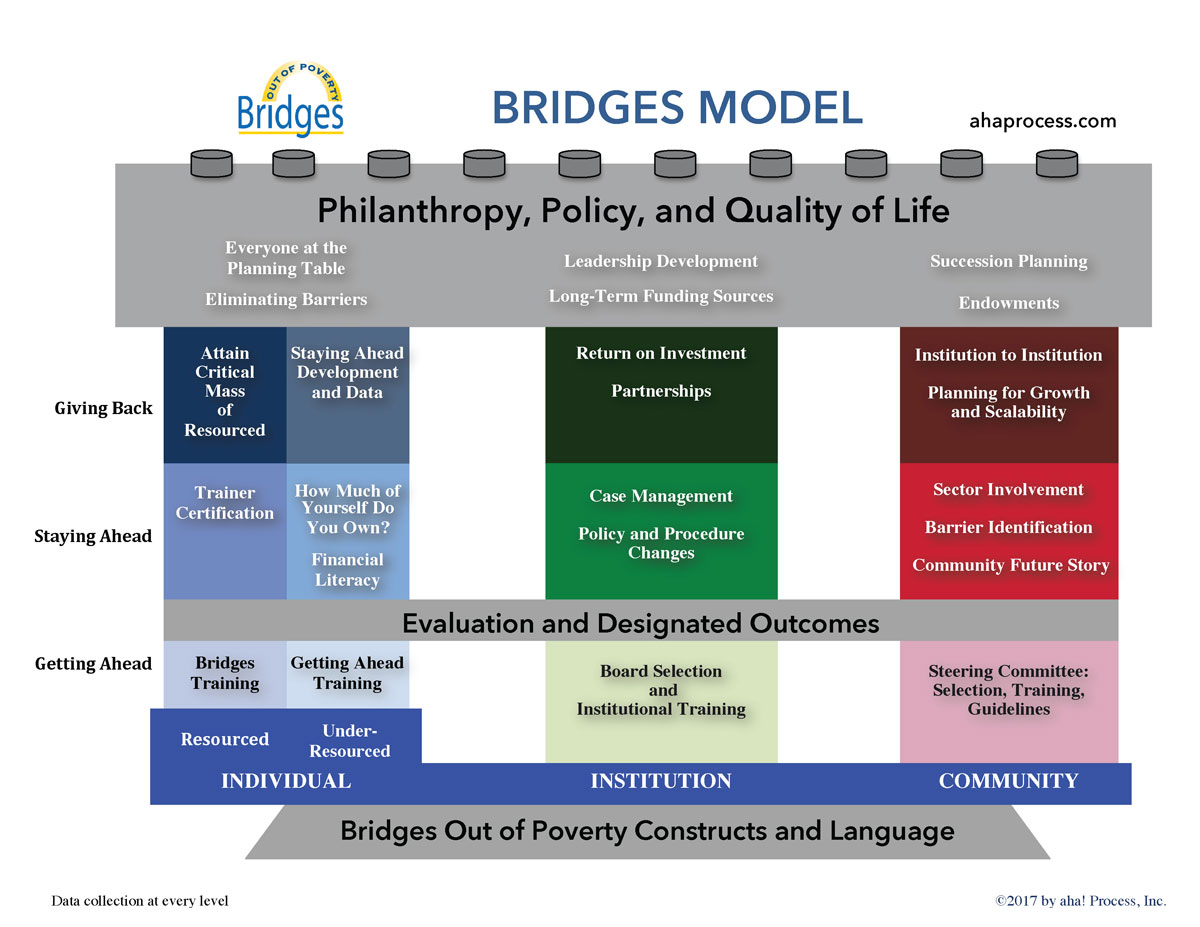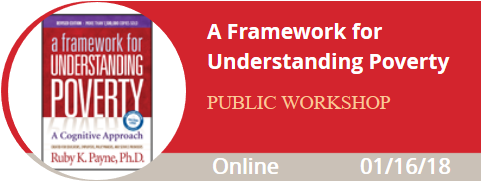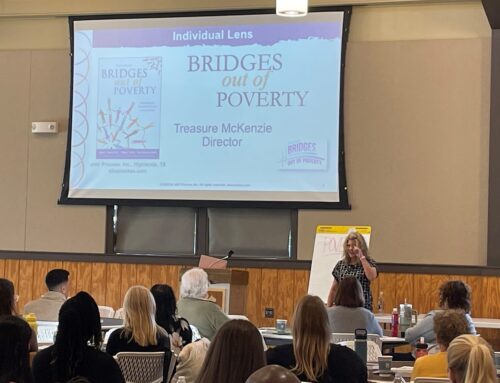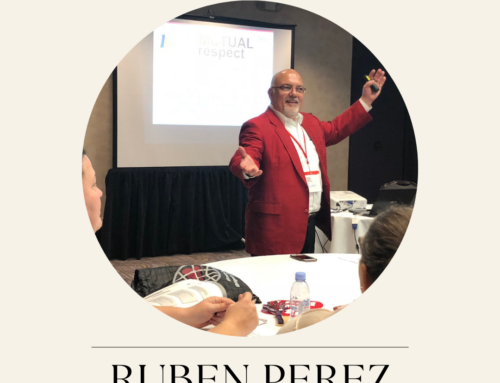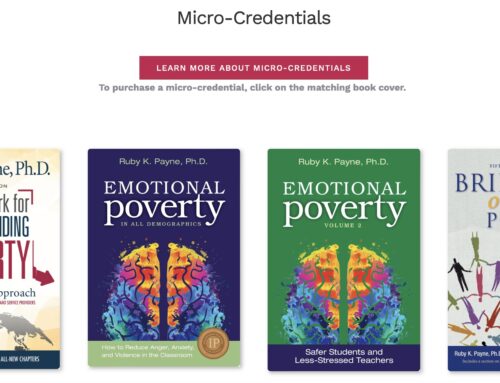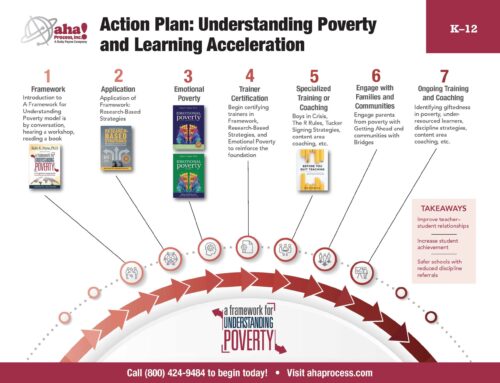 Gratitude—expressing it in writing and in speech—is something I do every morning and every evening. In the morning I journal. One of the things I journal is at least 3–5 things for which I am grateful. At night, as I am falling asleep, I remind myself of a couple of things I am grateful for that day.
Gratitude—expressing it in writing and in speech—is something I do every morning and every evening. In the morning I journal. One of the things I journal is at least 3–5 things for which I am grateful. At night, as I am falling asleep, I remind myself of a couple of things I am grateful for that day.
Why would I do that? It retrains the brain and creates new neural pathways. The part of the brain that governs survival (brainstem and limbic area) operates out of fear. When a person gets angry, that person is afraid. What wires together fires together in the brain. In other words, if an incident or trigger makes a person angry every time, then it is much easier for the brain to take the same path again without ever examining the thinking. The trigger or incident creates an automatic response.
When a person expresses gratitude, the prefrontal cortex is involved, which helps the brain stay emotionally regulated. Furthermore, it changes the physiological responses in the body. Cortisol is not created, and therefore anxiety is avoided. And it changes neural pathways so that the automatic response is not fear.
How do you express gratitude even on a no-good, very bad day? First of all, I express gratitude for what I do have: life, health, a clear mind, a bed to sleep in, food, my husband, my children, a purpose in life, many opportunities, and a sure knowledge that the sun will rise in the morning.
Last week I gave a speech to a foundation, and the overall attitude in the room was, “Sure, it works in practice, but does it work in theory?” I went away disappointed. Then I asked myself, “What can I learn from this? Is there a better way to present this information so that it can be understood by this audience?”
I will often also reframe the situation in my mind. For every loss, there is a gain. When something happens that I want to think of as a loss, I ask myself, “What was the gain?” Most divorces are brutal and painful. When I went through my divorce in 2004, the loss was so intense. I realized that the gains were that I had become emotionally stronger, much more empathetic for others who had gone through a divorce, and had developed a more integrated identity.
In 2009 I got a very intense flu virus and lost three clothing sizes in three weeks. I canceled seven speaking engagements—the only time I have done that in 20 years of speaking. I was so sick and discouraged. My sister sent me a Native American prayer/blessing, and one of the lines in it was this: “And when you only have a handful of dirt to hang onto, then hang onto that and be grateful.” And I did. I got well.
Life is always a choice. Life can always be interpreted as an opportunity for grievance or an opportunity for gratitude. Why not be grateful?
aha! Process is grateful for the work of all the sites using our trainings and materials. Check out this collection of forms, flyers, and other materials that can be used to build Bridges Out of Poverty communities.
If you need to take the first step in bringing aha! Process ideas and constructs into your community, consider Ruby Payne’s foundational training, A Framework for Understanding Poverty. This ground-level training familiarizes participants with the mindsets of people from poverty, middle class, and wealth.

